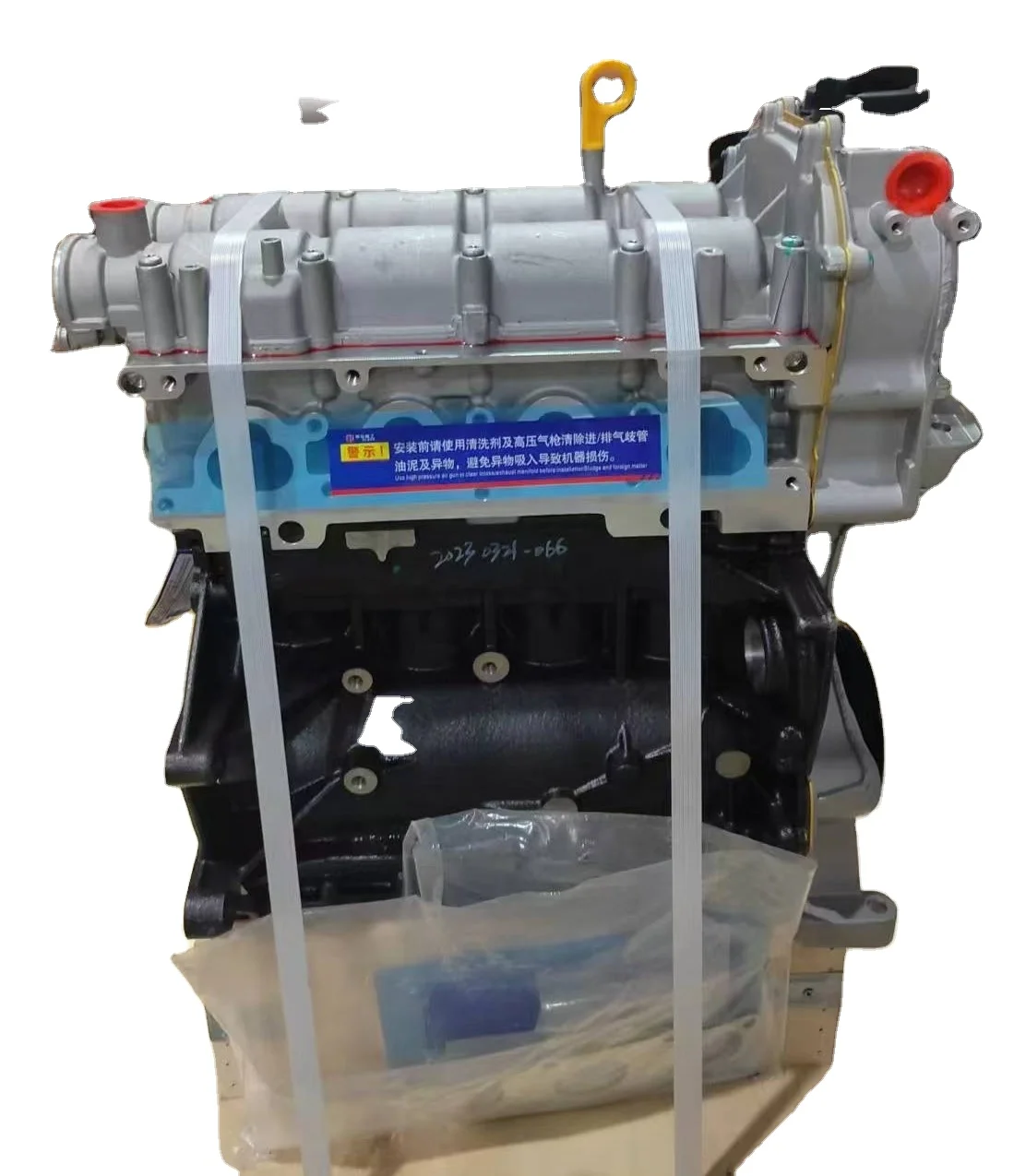Get the best clp engine for your specific needs.
How a Clp Engine Can Boost Effectiveness in Different Industries
The advent of CLP engines notes a considerable change in functional effectiveness across various fields, driven by their ability to enhance gas usage and minimize downtime. Industries such as production and logistics stand to obtain significantly from their durable layout and regular power outcome, which promise to streamline procedures and enhance productivity. As companies progressively prioritize sustainability alongside efficiency, the duty of CLP engines ends up being a lot more crucial. What remains to be seen is just how these developments will certainly form the future landscape of industrial operations and their influence on more comprehensive economic fads (clp engine).
Introduction of CLP Engines
CLP engines, or Continual Liquid Propellant engines, represent a considerable improvement in propulsion technology, particularly for space applications. These engines make use of a constant feed system that enables the sustained expulsion of propellant, leading to improved effectiveness and efficiency compared to traditional solid or hybrid propulsion systems. By keeping a constant circulation of liquid propellant, CLP engines can accomplish extra specific thrust control, which is vital for steering spacecraft in different mission situations.
The design of CLP engines incorporates innovative materials and innovative gas administration systems. clp engine. This leads to reduced weight and enhanced reliability, important variables for long-duration space missions. The constant procedure lessens the risk of combustion instability, an usual difficulty in traditional rocket engines.

Benefits in Manufacturing
The manufacturing of Continuous Liquid Propellant (CLP) engines provides a number of significant advantages that enhance both effectiveness and cost-effectiveness. Among the key advantages is the structured production procedure, which lowers the intricacy connected with typical propulsion systems. By making use of liquid propellant, manufacturers can achieve greater accuracy in engine performance, resulting in optimized power result and lowered waste.
Furthermore, CLP engines facilitate a greater degree of modularity, enabling for much easier assimilation into various manufacturing lines. This versatility can substantially lower lead times and boost general operational versatility. Using CLP modern technology also tends to reduce the requirement for considerable upkeep because of fewer relocating components, which converts into lowered downtime and functional costs.

Applications in Logistics
Leveraging Continual Fluid Propellant (CLP) engines in logistics offers substantial benefits in operational performance and dependability. These engines give a durable remedy for numerous transportation requirements, making it possible for the smooth movement of goods throughout vast distances. The inherent style of CLP engines enables for constant power output, which equates into smoother and extra foreseeable transportation routines.
One of the essential applications of CLP engines in logistics remains in sturdy products transportation, where they can drive both ground and airborne vehicles. Their capacity to keep high efficiency under varying load conditions guarantees that delivery timelines are satisfied, therefore boosting customer contentment. Additionally, CLP engines can be incorporated into automated logistics systems, helping with real-time monitoring and enhancing path planning.
In addition, the toughness of CLP engines minimizes maintenance downtime, enabling logistics firms to optimize their operational capabilities. This is particularly advantageous in warehousing operations, where effectiveness in taking care of and delivering items is essential. As logistics remains to progress, the integration of CLP engines stands for a forward-thinking strategy that not just boosts performance however additionally sustains the market's growing demands for dependability and rate.
Effect on Power Efficiency
Just How do Continuous Liquid Propellant (CLP) engines boost power efficiency in transport? CLP engines use a consistent circulation of fluid gas, my review here optimizing burning procedures and keeping a secure drive output. This style lessens power losses connected with traditional combustion engines, where gas shipment can vary and bring about ineffectiveness.
The continuous procedure of CLP engines enables a much more reliable thermal cycle, leading to greater specific impulse contrasted to conventional engines. clp engine. This equates to minimized gas consumption for the same amount of work done, significantly lowering operational expenses throughout different transport fields, consisting Visit Your URL of aviation and maritime industries
Furthermore, the capability of CLP engines to preserve ideal efficiency under differing lots conditions decreases the requirement for constant velocity and slowdown, better boosting gas performance. Boosted power performance not just adds to cost savings however likewise causes reduce greenhouse gas discharges, lining up with worldwide sustainability goals.
Future Trends and Innovations
Emerging developments in Continuous Fluid Propellant (CLP) engine technology promise to change the landscape of transport performance and sustainability. As sectors pivot towards greener options, CLP engines stand at the forefront, integrating innovative products and layout methods that improve performance while minimizing ecological effect.
One of one of the most encouraging patterns is the fostering of crossbreed systems that combine CLP engines with renewable resource sources. This synergy can maximize gas consumption and lower discharges, lining up with international sustainability goals. Developments in computational fluid characteristics (CFD) are promoting the layout of even more aerodynamically efficient engines, leading to minimized drag and improved gas efficiency.
In anonymous addition, the advancement of clever tracking systems is established to improve functional effectiveness. These systems leverage information analytics and IoT technology to maximize engine performance in real-time, making sure that the engines run within their most efficient criteria.
As research remains to discover alternative propellant solutions-- such as biofuels and synthetic gas-- the future of CLP engines looks encouraging. By utilizing these technologies, industries can not just boost their efficiency however additionally contribute substantially to a cleaner, extra lasting future in transportation.
Conclusion
In final thought, CLP engines represent a considerable advancement in effectiveness across multiple industries. The integration of advanced products and less relocating components reduces maintenance requirements, while placement with sustainability objectives placements CLP engines as an essential innovation for the future.